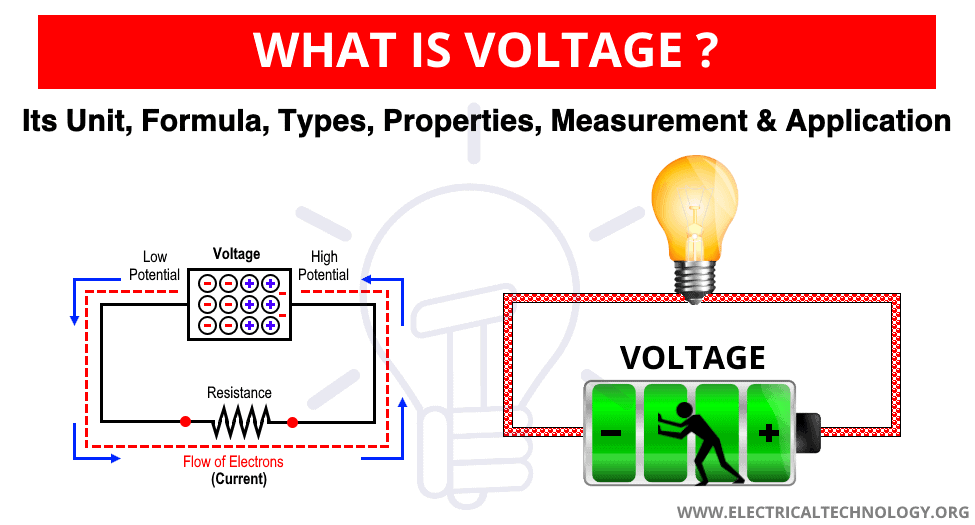
A potential difference is the energy per unit charge in an electrical circuit. Follow Report by Fairdeent 31122018 Log in to add a.

The potential difference across a component is measured using a voltmeter placed in parallel with the component.
What is potential difference measured in. A potential difference is the energy per unit charge in an electrical circuit. Potential difference must be measured between two points because it is generally impractical to measure the electrical potential of a single point. The potential difference or voltage of a supply is a measure of the energy given to the charge carriers in a circuit.
Two terminals of any battery have a potential difference between them which is measured in volts. When you connect any circuit between the two terminals of the battery charge flows from one terminal to the other to equalize the charge imbalance and continues till the difference between them is. Measuring current and potential difference Current.
Current is a measure of how much electric charge flows through a circuit. The more charge that flows the. A device called an ammeter is used to measure current.
Some types of ammeter have a pointer on a. Potential difference is the work done per unit charge. A potential difference of 1 V means that 1 joule of work is done per coulomb of charge.
1 V 1 J C - 1 Potential difference in a circuit is measured using a voltmeter which is placed in parallel with the component of interest in the circuit. Potential difference V is measured in volts V energy E is measured in joules J charge Q is measured in coulombs C One volt is the potential difference when one coulomb of charge. Potential difference is also known as voltage and is measured in volts V.
The potential difference across a component is measured using a voltmeter placed in parallel with the component. The energy difference that tends to make an electric charge or current move. It is measured in volts.
Dictionary of Unfamiliar Words by Diagram Group Copyright 2008 by Diagram Visual Information Limited. Potential difference is measured in volts. 5 points What is potential difference measured in a volts b ampere c ohms d all the above Ask for details.
Follow Report by Fairdeent 31122018 Log in to add a. The electric potential difference between points A and B is defined to be the change in potential energy of a charge q moved from A to B divided by the charge. Units of potential difference are joules per coulomb given the name volt V after Alessandro Volta.
The familiar term voltage is the common name for electric potential difference. Potential difference is the difference in the amount of energy that charge carriers have between two points in a circuit. Potential difference pd is measured in volts V and is also called voltage.
The energy is transferred to the electrical components in a circuit when the charge carriers pass through them. Potential difference is also known as voltage and is measured in volts V. The potential difference across a component is measured using a voltmeter placed in parallel with a.
Potential difference is measured using a voltmeter. The circuit on the left shows the potential difference of the cell. This is called the supply voltage.
The potential difference between points A and B V B V A is thus defined to be the change in potential energy of a charge q moved from A to B divided by the charge. Units of potential difference are joules per coulomb given the name volt V after Alessandro Volta. A voltmeter can be used to measure the voltage or potential difference between two points in a system.
Often a common reference potential such as the ground of the system is used as one of the points. A voltage may represent either a source of energy electromotive force or. Potential difference can also be measured using the formula VIR where I is the current charge and R is the resistance.
Potential difference affects how current flows from one point of a circuit to another. The larger the potential difference the quicker the flow of the current through a circuit. What is electric potential difference is measured in.
Joules per coloumb jc or volts one jc one ____ volt. The potential difference between 2 points does NOT depend on _____ magnitude of the test charge. What does the potential difference depend on.